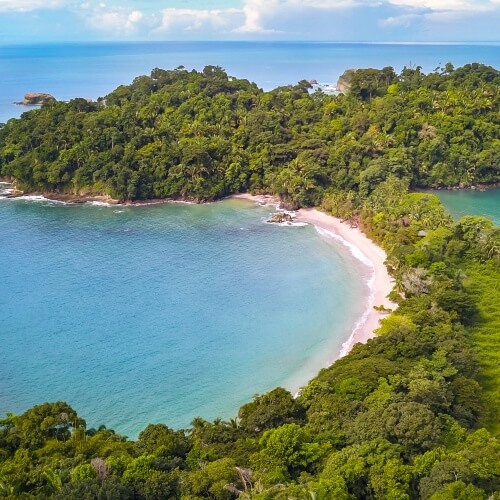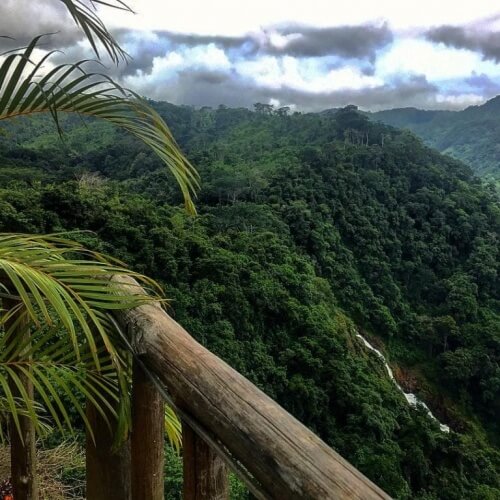NATIONAL PARKS
QUICK
BOOKING
Manuel Antonio National Park


Manuel Antonio is Costa Rica’s smallest park, and it may be the most popular. Beautiful beaches and numerous monkeys and sloths are the main attractions. Entrance to the park is regulated to control crowds so be sure to arrive early to be sure you can get in. The mornings usually offer the best weather too. For nature lovers, the park offers two hiking trails. The main trail is a flat 1.3 km path suited for all ages. The more challenging 1.2 km Punta Catedral trail includes some difficult climbs
How to Visit: Manuel Antonio is an hour drive from Uvita along the scenic coastal highway. Visitors can travel by taxi or their own vehicle. If you drive yourself, be aware that there will be aggressive people along the way selling parking, tours, and entry tickets. Ignore them and drive all the way to the park entrance. Parking is available near the entrance for about $5. We recommend purchasing tickets in advance using the online ticketing platform. The entry fee is $18 per person, and a guide is not required. The park allows coolers (no alcohol) and beach chairs, but we recommend packing light. It is a long walk from the park entrance to the beach.
Carara National Park
Carara National Park is the northernmost Pacific coastal rain forest remaining intact in Costa Rica, and is the transition zone into the tropical dry forests of the northwest. Carara is one of Costa R ica’s most popular National Parks, in large part due to its proximity to San José. Carara is a favorite with bird watchers and a great place to stop off for a quick hike on a trip up or down the pacific coast any time of the year. If you are headed to or from slothful beach bumming, take a few hours to explore a trail. The rewards will be well worth the effort, and you will feel better after a little exercise. The protected area is 4700 hectares and elevations range from 100 to 500 meters (328 to 1640 feet). The habitats represented here are regenerating tropical rainforest-lowland and tropical dry forest. The land protected by Carara was donated to the parks service in 1979 by another branch of the government, the Instituto de Tierras y Colonización who’s primary function was to redistribute large ranches obtained by the government to family farmers. Except along the river, the area was mostly old growth forest when El Coyolar ranch became Carara Biological Reserve. Carara takes its name from the Huetar Indian word for crocodile.



